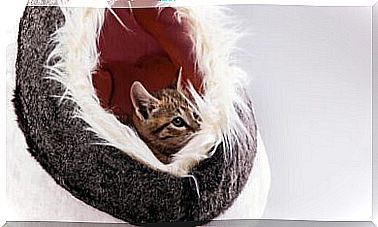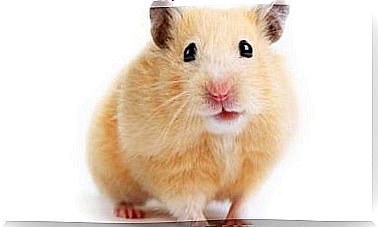Hummingbird Pollination And Migration Process
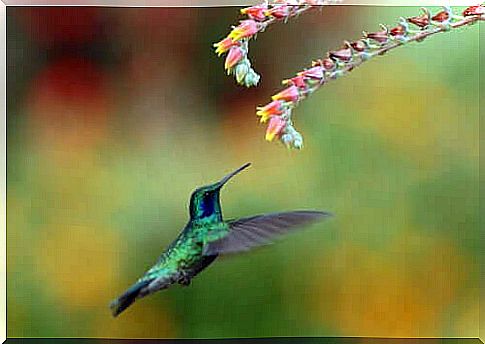
If we have to talk about a wonderful bird, surely the smallest in the world will come first. In this article, we’ll tell you everything you need to know about the process of pollination and migration of the hummingbird, a very valuable animal.
Hummingbird Characteristics
Also called hummingbird, this is the smallest bird in the world, weighing between 2 and 20 grams. It is known for its beautiful striking colors, as well as the rapid beat of its wings and the ‘squeak’ it produces when it passes from flower to flower.
The hummingbird and pollination
Like bees, hummingbirds go from flower to flower, thus contributing to the pollination of many species. Even without the help of this colorful little bird, many plants would not be able to reproduce.
These nectarivorous birds get along very well with the ornithophilous flowers that they pollinate. The hummingbird frequents places where it can find plants like honeysuckle or hibiscus – any one that has a tubular corolla and is reddish, orange or pink will catch your attention – from which it feeds on its nectar.
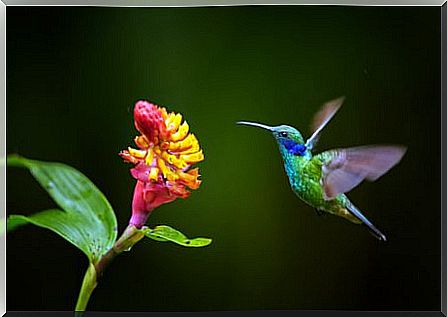
Although you might not believe it, a hummingbird can visit over 1000 flowers in one day in search of food. He will need 60 nectar-filled flowers to replenish the energy used to fly and move.
The ‘collaboration’ between hummingbirds and plants is mutual. On the one hand, flowers are pollinated thanks to this little bird, and on the other hand, plants become food and even medicine for these beautiful colored specimens.
We must keep in mind that when a hummingbird is prowling the flowers in our garden, it is fulfilling its biological role. When it inserts its beak and head into a flower, in addition to sucking its nectar, it becomes covered in pollen, which also adheres to its body and feathers.
Then, it flies off and heads towards another flower. Again, it goes inside it and there ‘deposits’ the pollen with which it was covered.
We must know that, in pollen, the male gametes of plants are found, and that they must have contact with the female specimens for reproduction to take place. Thus, thanks to the hummingbird, fertilization occurs which will give rise to new fruits and flowers!
The hummingbird migration
These birds are almost entirely native to the Americas, although they prefer tropical locations to the south. However, they are also present in Alaska and Tierra del Fuego.
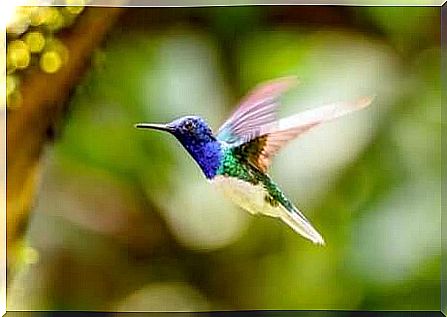
During the colder periods of the year, hummingbirds can migrate on a flight of up to 800 kilometers to look for warmer spots. One of the areas chosen to spend the winter is the Gulf of Mexico, a place that is undoubtedly a favorite for birdwatchers.
Although hummingbirds do not hibernate, they can choose this type of energy conservation if they cannot find food for several miles. To do this, they lower their metabolism, lower their body temperature from 41°C to 9°C, and fly slower than normal.
During this phase, known as ‘drowsiness’, the heart rate decreases from 1200 to 180 beats per minute, as is the case with the blue-throated hummingbird. However, this does not mean that they stop feeding in winter, but rather that this occurs more widely.
Although they may look very fragile due to their small size, they are actually extremely resistant to low temperatures.
In addition, climate change, cutting down trees and the reduction of native forests mean that more and more hummingbirds have to migrate to distant latitudes, such as the temperate regions of Canada, where there is an abundance of shrubs and flowers.
Hummingbird migration is not as common as that of other birds that migrate as soon as temperatures start to drop. This is because he was able to change his habits and, above all, because of his changes in metabolic terms… without a doubt, something very interesting!




